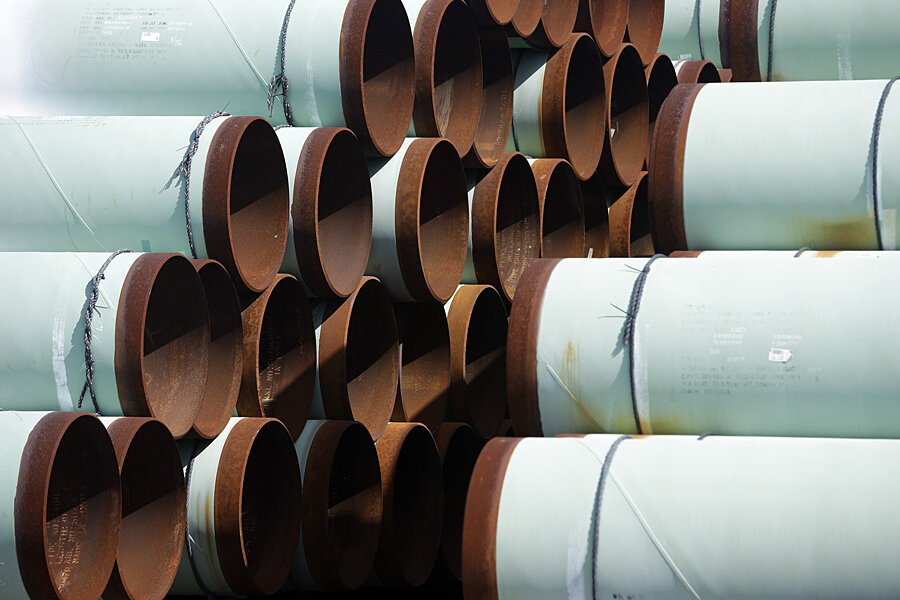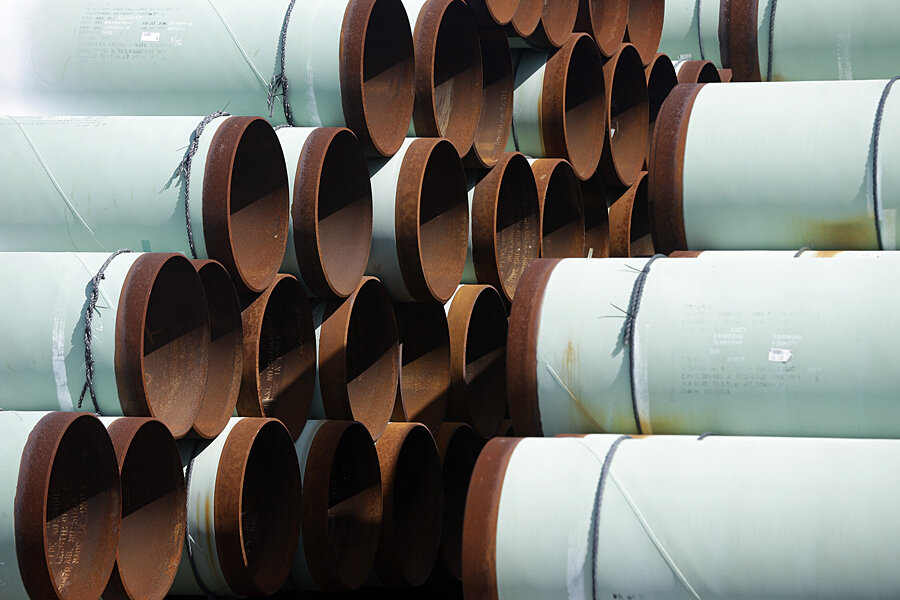Keystone XL is a proposed pipeline that would carry a very heavy form of crude oil (called tar sands or oil sands) mostly from Alberta, Canada, to Steele City, Neb. It was first proposed in 2008. Since then, a new construction application was filed in May 2012, allowing for a modified route.
The pipeline itself would measure three feet in diameter, nearly 1,200 miles in length, and run through Montana, South Dakota, and Nebraska. It would have a capacity to deliver up to 830,000 barrels of oil a day – of which 730,000 barrels would come from Canada. The remaining capacity of 100,000 barrels would come from North Dakota’s Bakken shale formation.
Estimates greatly vary on the number of jobs the project would create, ranging from 35 permanent positions to tens of thousands in temporary and permanent positions.






